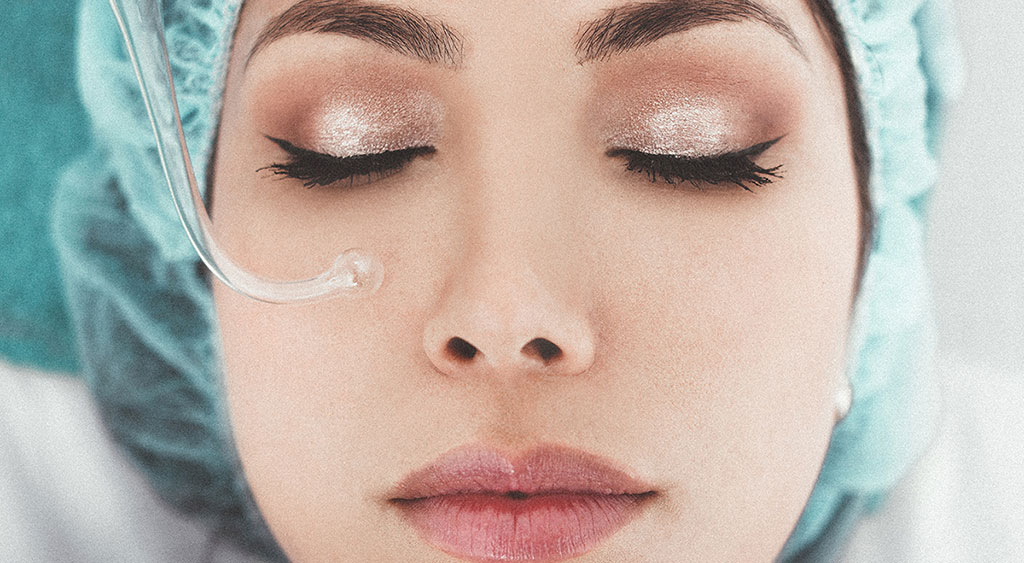Dermal fillers are minimally invasive facial aesthetic treatments that have gained popularity
over the years with consumers seeking youthful looking skin without looking artificial.
But are dermal fillers safe?
Dermal fillers: Safety considerations
Dermal fillers are injectable substances that are used to restore volume, enhance contours, and reduce the appearance of fine lines and wrinkles on the lips and other areas of the face.
They typically contain hyaluronic acid, a naturally occurring substance in the body responsible for maintaining hydration and promoting healthy-looking skin.
Qualified practitioners, such as dermatologists who possess expertise in facial anatomy and injection techniques, reduce the risk of complications.
Additionally, an individual assessment of the patient's medical history, allergies, and expectations helps determine the most suitable filler type, concentration, and injection technique, ensuring both optimal results and safety.
Is hyaluronic acid filler safe?
Hyaluronic acid fillers are highly regarded for their safety profile, as they are biocompatible with the body and rarely elicit adverse reactions.
When administered correctly, hydration fillers are some of the safest fillers for the face.
However, safety is not an absolute guarantee. As with any cosmetic procedure, a certain level of risk is expected, including side effects. These risks can be significantly minimised when performed by a skilled and experienced professional.
The risk of allergic reactions or side effects is minimal, and the results are usually temporary, lasting several weeks.
Delayed Inflammatory Reaction
In some cases, individuals may experience a delayed inflammatory response (DIR) to dermal fillers, typically occurring several weeks or months after the initial treatment.
DIR can manifest as redness, swelling, and discomfort at the injection site.
Overall, dermal fillers are generally safe, but not entirely devoid of risks.
DIR is believed to be related to the body's immune response to the filler substance but the exact cause is not understood.
Not all individuals will experience DIR. Most individuals who receive dermal fillers do not experience DIR as its relatively rare.
It is crucial, however, to be aware of the potential risks and discuss them with your healthcare provider before undergoing any cosmetic procedure.
By selecting qualified practitioners , maintaining strict hygiene, and considering individual factors, the safety of dermal fillers can be prioritised, allowing individuals to enjoy the benefits of youthful-looking skin with confidence.
